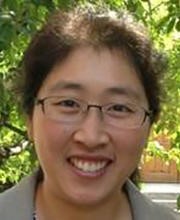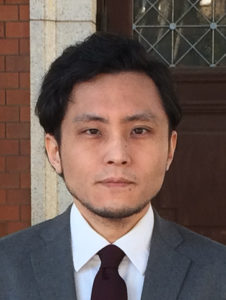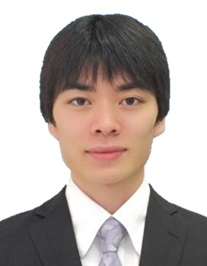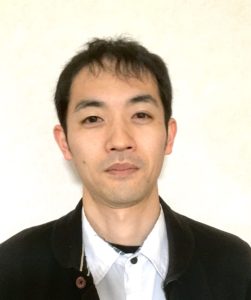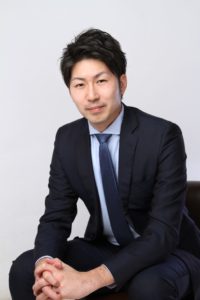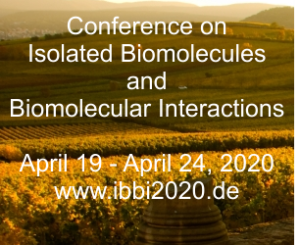We are delighted to announce that the Physical Chemistry Chemical Physics (PCCP) themed issue Frontiers in molecular simulation of solvated ions, molecules and interfaces is now online and articles in the collection are free to access until the end of August 2020.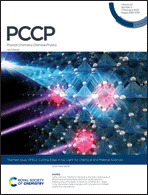
Predictive molecular simulation of condensed matter at finite temperature has come a long way from the first practical implementations of ab-initio or Car-Parrinello molecular dynamics thirty years ago.
Guest Edited by Professor Jochen Blumberger, Professor Marie-Pierre Gaigeot, Professor Marialore Sulpizi and Professor Rodolphe Vuilleumier, this themed issue provides a representative snapshot of latest and upcoming techniques and their applications at the forefront of this research area with a specific focus on the simulation of solvated ions, molecules and interfaces.
Read the collection online
It includes:
Editorial
Frontiers in molecular simulation of solvated ions, molecules and interfaces
Jochen Blumberger, Marie-Pierre Gaigeot, Marialore Sulpizi and Rodolphe Vuilleumier
Phys. Chem. Chem. Phys., 2020, 22, 10393-10396. DOI: 10.1039/D0CP90091E
Perspective
Tumbling with a limp: local asymmetry in water’s hydrogen bond network and its consequences
Hossam Elgabarty and Thomas D. Kühne
Phys. Chem. Chem. Phys., 2020, 22, 10397-10411. DOI: 10.1039/C9CP06960G
Perspective
DFT modelling of explicit solid–solid interfaces in batteries: methods and challenges
Kevin Leung
Phys. Chem. Chem. Phys., 2020, 22, 10412-10425. DOI: 10.1039/C9CP06485K
Communication
Temperature effects on the ionic conductivity in concentrated alkaline electrolyte solutions
Yunqi Shao, Matti Hellström, Are Yllö, Jonas Mindemark, Kersti Hermansson, Jörg Behler and Chao Zhang
Phys. Chem. Chem. Phys., 2020, 22, 10426-10430. DOI: 10.1039/C9CP06479F
Paper
Benchmark and performance of long-range corrected time-dependent density functional tight binding (LC-TD-DFTB) on rhodopsins and light-harvesting complexes
Beatrix M. Bold, Monja Sokolov, Sayan Maity, Marius Wanko, Philipp M. Dohmen, Julian J. Kranz, Ulrich Kleinekathöfer, Sebastian Höfener and Marcus Elstner
Phys. Chem. Chem. Phys., 2020, 22, 10500-10518. DOI: 10.1039/C9CP05753F
Paper
Raman spectrum and polarizability of liquid water from deep neural networks
Grace M. Sommers, Marcos F. Calegari Andrade, Linfeng Zhang, Han Wang and Roberto Car
Phys. Chem. Chem. Phys., 2020, 22, 10592-10602. DOI: 10.1039/D0CP01893G
We hope you enjoy reading the articles. Please get in touch if you have any questions about this themed issue of PCCP.











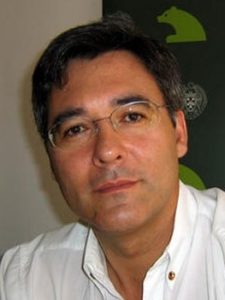
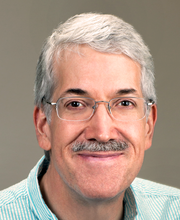
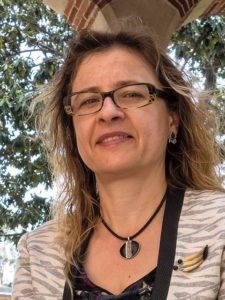 Anna Krylov (Associate Editor, PCCP)
Anna Krylov (Associate Editor, PCCP)